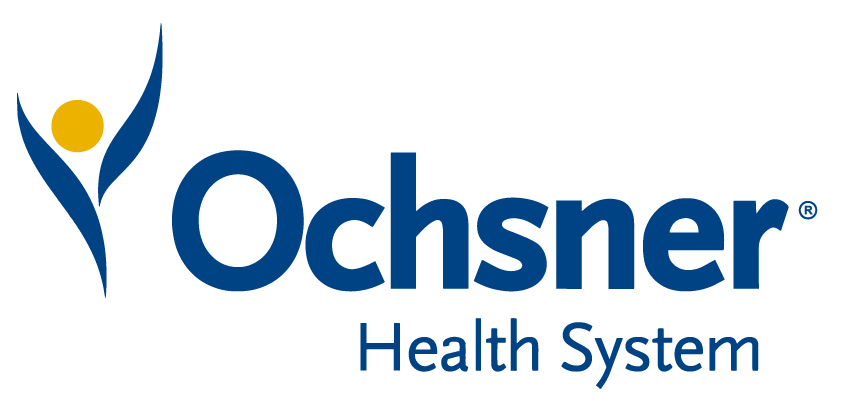


By using workflow automation, hospitals and health systems are finding new and innovative strategies for optimizing capacity, enhancing surgical volume and increasing access to more time for providers. Discover how Northwell Health has been able to integrate automation into surgical scheduling and block management practices across their North Shore University Hospital and Long Island Jewish Medical Centers.
Northwell addresses surgical scheduling challenges and how they’ve effectively managed manual processes such as the back-and-forth phone calls, faxes, and emails faced by scheduling teams. With actionable data at their fingertips, and use of innovative block management solutions, hospitals like Northwell can enhance strategic decision making resulting in optimized OR capacity and proven ROI.





Take the first step towards unlocking capacity, generating ROI, and increasing patient access.